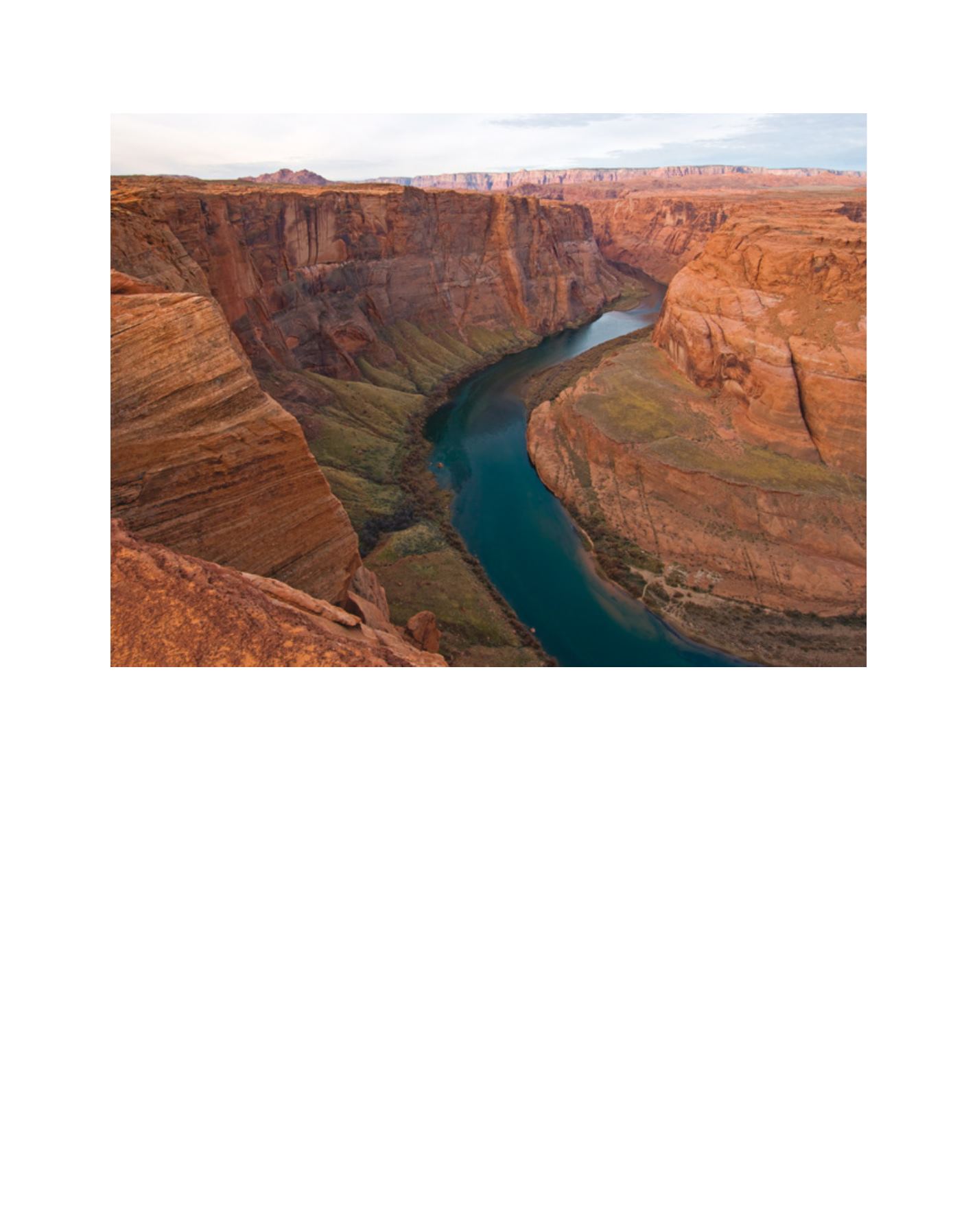

[
] 117
W
ater
E
ducation
and
I
nstitutional
D
evelopment
throughout the basin. The study aimed to identify potential supply
and demand imbalances facing the Colorado River basin within the
United States over the next 50 years, and to explore options and
strategies for resolving those imbalances. The study is the most
comprehensive effort of its type to date and was designed around
four major components: future supply (hydrologic conditions),
future demand, evaluation of options and strategies, and vulner-
ability analysis.
Given the size of this undertaking, a consultant team that included
private sector firms CH2M Hill, Black & Veatch and the RAND
Corporation assisted throughout the three-year effort, providing
technical expertise, analysis and report production. Stakeholder rela-
tionships and technical tools were critical to the study’s success. For
many of the study facets, multi-stakeholder work groups convened
to develop consensus on complex topics. Incorporating major view-
points from various stakeholders resulted in creative alternatives,
which benefited the study overall.
The first phases of the study were water supply and demand
assessment. A scenario planning approach was employed to consider
the full range of possible futures, rather than just attempting to
determine what was most likely to occur. This produced several
scenarios for both supply and demand. When coupled, the various
combinations of supply and demand scenarios represent a broad
range of possible futures.
Ultimately, four supply scenarios were agreed on. The
scenarios reflect hydrologic conditions based on:
• paleo reconstructed (tree-ring) streamflow
• gauge flow from the last century
• a hybrid of reconstructed and gauge flow
• modelled future conditions using data from climate
model projections.
Each scenario has unique characteristics regarding
mean flow, variability and drought (surplus) magnitude
and persistence. Although stakeholders were familiar
with several of the scenarios from previous processes,
care was taken to dedicate sufficient time to introduce
and explain new hydrology data and methods. This
helped build stakeholder confidence before proceed-
ing with other study phases. Stakeholder interest and
investment in understanding these new approaches
were equally important to this process.
Demand scenarios were rooted in a storyline devel-
opment approach. Collectively, through discussions,
narratives of possible future demand conditions were
crafted, considering factors such as the economy, popu-
lation growth and location, environmental awareness
and agricultural practices. Appropriate stakeholders then
The Colorado River is the force that carved the Grand Canyon and the lifeblood for communities, wildlife and recreation areas
Image: Lori Warren, Black & Veatch


















